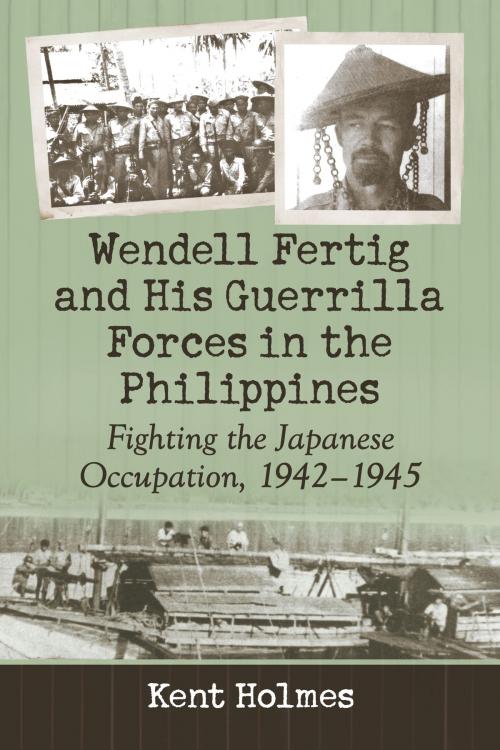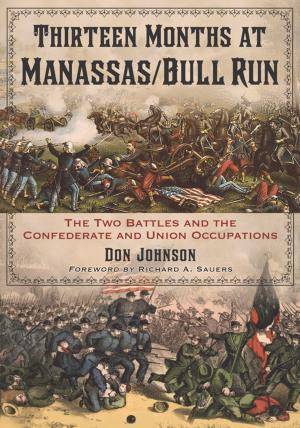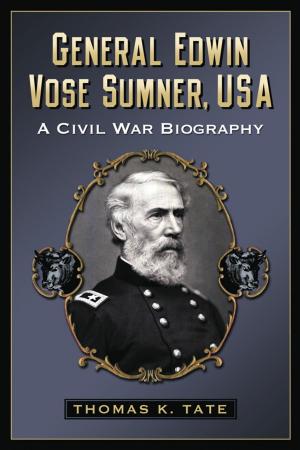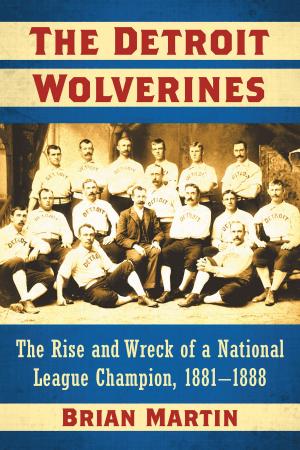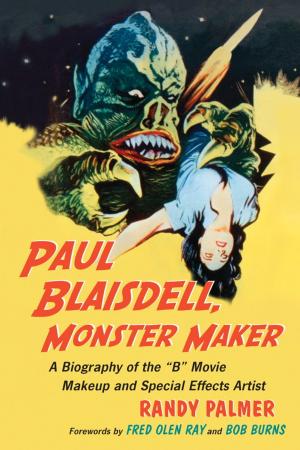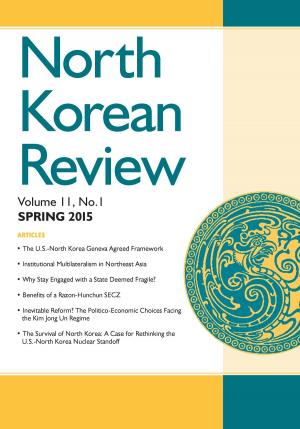Wendell Fertig and His Guerrilla Forces in the Philippines
Fighting the Japanese Occupation, 1942-1945
Nonfiction, Social & Cultural Studies, Social Science, Cultural Studies, Ethnic Studies, History, Military, World War II| Author: | Kent Holmes | ISBN: | 9781476621180 |
| Publisher: | McFarland & Company, Inc., Publishers | Publication: | April 2, 2015 |
| Imprint: | Language: | English |
| Author: | Kent Holmes |
| ISBN: | 9781476621180 |
| Publisher: | McFarland & Company, Inc., Publishers |
| Publication: | April 2, 2015 |
| Imprint: | |
| Language: | English |
Creating a guerrilla movement to fight the Japanese occupation of the Philippines (1942–1945) presented Colonel Wendell Fertig with some formidable challenges. Unlike the other islands in the archipelago, Mindanao had a large Moslem (Moro) population. Using Moro and American leadership he brought the Moro people into the movement. Fertig lacked good communication with MacArthur’s headquarters in Australia. With ingenuity and talented technical personnel he solved this problem, and increased the logistical support for the guerrillas by submarine from Australia. As the force expanded, Fertig was fortunate to recruit leadership from 187 Americans—military and civilian—who had not surrendered to the Japanese. The resulting force, with its intelligence from coastal watch stations, added six guerrilla divisions to U.S. military strength for the 1945 liberation of Mindanao, a contribution unique in the history of unconventional warfare.
Creating a guerrilla movement to fight the Japanese occupation of the Philippines (1942–1945) presented Colonel Wendell Fertig with some formidable challenges. Unlike the other islands in the archipelago, Mindanao had a large Moslem (Moro) population. Using Moro and American leadership he brought the Moro people into the movement. Fertig lacked good communication with MacArthur’s headquarters in Australia. With ingenuity and talented technical personnel he solved this problem, and increased the logistical support for the guerrillas by submarine from Australia. As the force expanded, Fertig was fortunate to recruit leadership from 187 Americans—military and civilian—who had not surrendered to the Japanese. The resulting force, with its intelligence from coastal watch stations, added six guerrilla divisions to U.S. military strength for the 1945 liberation of Mindanao, a contribution unique in the history of unconventional warfare.
